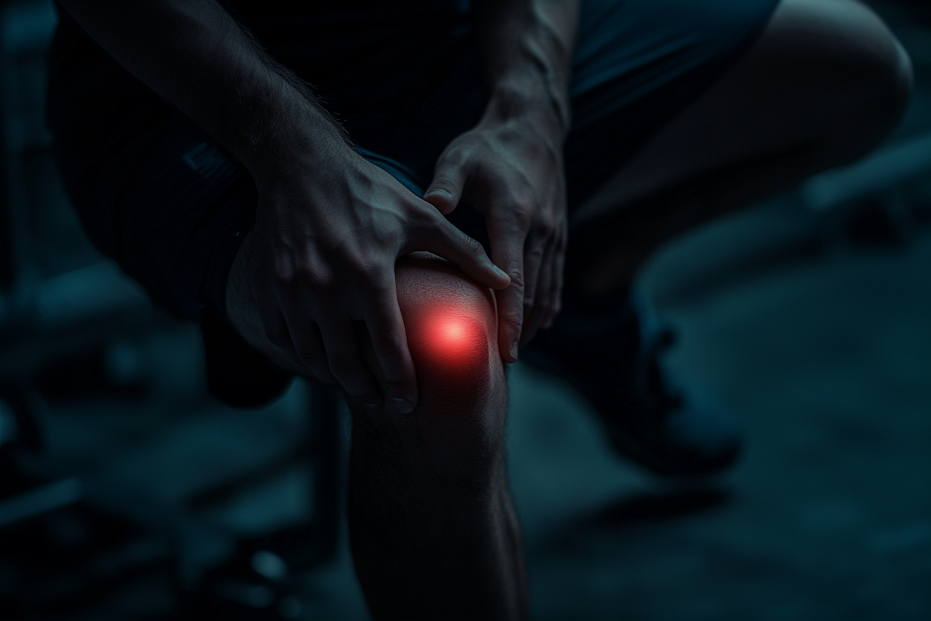The Anterior Cruciate Ligament (ACL) is a crucial stabilizer of the knee joint. When ruptured, it can lead to significant instability, pain, and a long road to recovery. ACL injuries are particularly prevalent in athletes, especially female athletes, often resulting in career-ending consequences. Beyond the physical toll, the psychological impact on athletes can be profound.
Introduction
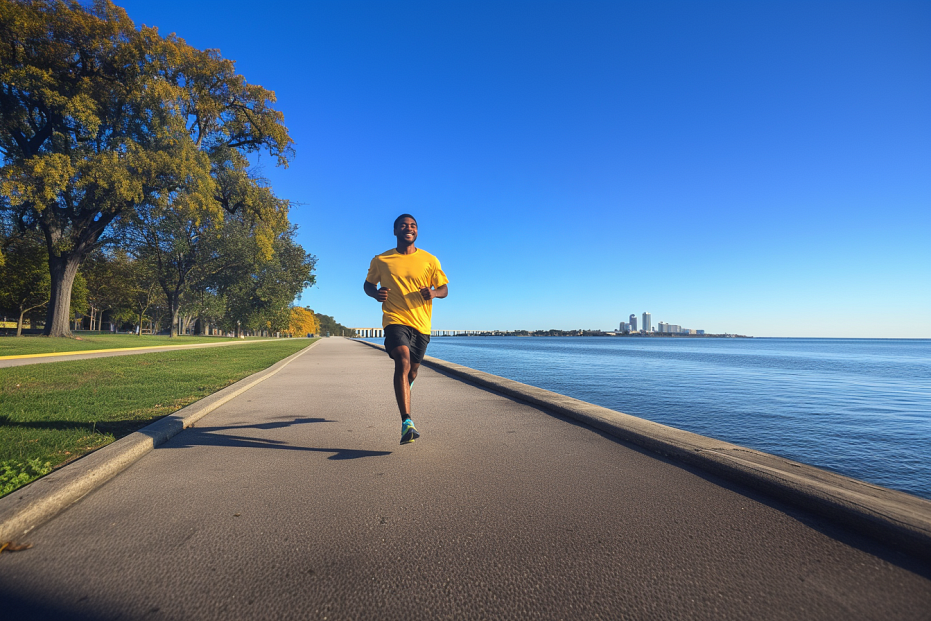
Neuromuscular control, the complex interplay between the nervous and muscular systems, is essential for maintaining knee stability. It involves the ability to sense and respond to changes in joint position, load, and movement. When neuromuscular control is compromised, the risk of ACL injury increases significantly. This is where neuromuscular training comes into play. By targeting specific components of neuromuscular control, athletes can enhance knee stability and reduce the likelihood of ACL injury.
Understanding Neuromuscular Training
Neuromuscular training is a specialized exercise regimen designed to improve the communication between the brain and muscles. It encompasses a variety of exercises that target strength, power, balance, agility, and proprioception.
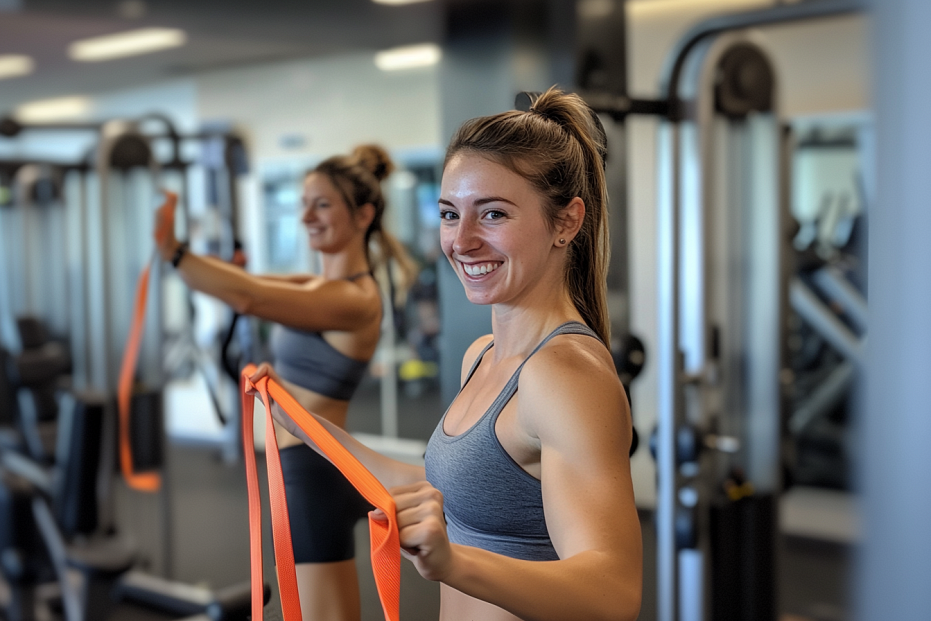
-
Strength refers to the ability of a muscle to generate force. In the context of ACL prevention, strengthening the muscles surrounding the knee is crucial for providing support and stability.
-
Power is the ability to generate force quickly. Explosive movements, such as jumping and cutting, demand power, and well-developed power can help reduce the risk of ACL injury.
-
Balance is the ability to maintain equilibrium. A strong sense of balance is essential for preventing falls and awkward landings, which can increase the risk of ACL tears.
-
Agility is the ability to change direction rapidly. Sports involving sudden changes of direction, like basketball and soccer, place high demands on agility. Neuromuscular training can improve an athlete’s ability to react quickly and safely.
-
Proprioception is the body’s awareness of its position in space. It involves sensory receptors in the joints, muscles, and tendons that provide information to the brain about the body’s position and movement. Strong proprioception helps the body anticipate and react to changes in load and direction, reducing the risk of ACL injury.
By combining these components, neuromuscular training creates a comprehensive approach to enhancing knee stability and reducing the likelihood of ACL tears.
The Science Behind Neuromuscular Training and ACL Prevention
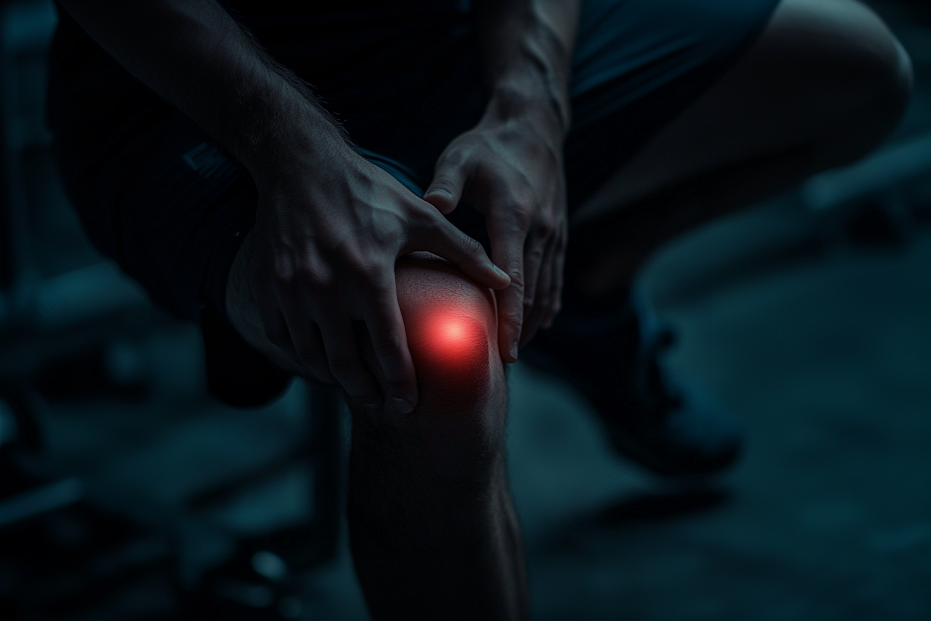
Understanding the biomechanics of ACL injuries is crucial for developing effective prevention strategies. Common factors contributing to ACL tears include valgus knee collapse, excessive deceleration forces, and improper landing mechanics. During these movements, the ACL is subjected to high levels of stress, increasing the risk of rupture.
Neuromuscular training directly addresses these biomechanical challenges. By strengthening the muscles surrounding the knee, particularly the quadriceps, hamstrings, and core, neuromuscular training improves muscle co-activation and timing. This enhanced coordination allows the muscles to work together efficiently, providing increased support to the knee joint and reducing the likelihood of valgus collapse.
Moreover, neuromuscular training improves an athlete’s ability to absorb shock and control landing mechanics. Plyometric exercises, a core component of neuromuscular training, help develop the muscles’ ability to generate force quickly, essential for safely absorbing the impact of landing. By enhancing proprioception and balance, athletes are better equipped to anticipate and react to changes in ground surface and movement, reducing the risk of awkward landings that can lead to ACL injuries.
Numerous research studies have demonstrated the effectiveness of neuromuscular training in preventing ACL injuries. These studies have shown that athletes who participate in regular neuromuscular training programs have a significantly lower incidence of ACL tears compared to those who do not.
Developing a Comprehensive Neuromuscular Training Program
Creating a well-rounded neuromuscular training program is essential for maximizing its benefits. The program should incorporate exercises that target all components of neuromuscular control—strength, power, balance, agility, and proprioception.
Key exercises may include:
-
Strength training: Squats, lunges, hamstring curls, core exercises
-
Power training: Plyometric exercises like box jumps, depth jumps, and lateral jumps
-
Balance training: Single-leg stance exercises, Bosu ball exercises, wobble board exercises
-
Agility training: Ladder drills, cone drills, shuttle runs
-
Proprioception training: Exercises on unstable surfaces, closed-eye exercises
It’s crucial to progressively increase the challenge of exercises as athletes improve. This can be done by increasing the weight, resistance, or complexity of drills.
To maximize the impact of neuromuscular training, it’s essential to incorporate it into an athlete’s regular routine. Warm-up sessions can include dynamic stretches and balance exercises. Conditioning sessions should incorporate plyometric and agility drills. For athletes recovering from injuries, neuromuscular training can be a vital part of their rehabilitation program.
Remember, every athlete is unique, and training programs should be individualized to meet specific needs and goals.
The Role of Physiotherapy and Podiatry in ACL Prevention
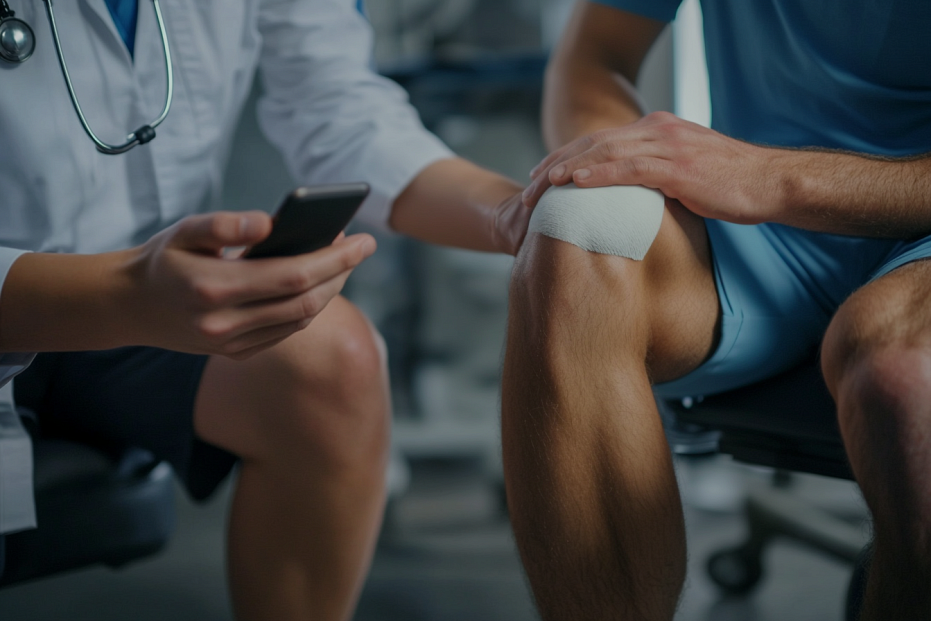
While athletic trainers play a crucial role in injury prevention and rehabilitation, a collaborative approach involving other healthcare professionals can enhance outcomes. Physiotherapists and podiatrists from specialist clinics like Applied Motion offer unique expertise that complements the work of athletic trainers in preventing ACL injuries.
Physiotherapists are skilled in assessing and treating musculoskeletal imbalances. They can identify underlying issues, such as muscle weakness, tightness, or joint dysfunction, that may contribute to ACL injury risk. Through targeted exercises and manual therapy, physiotherapists can help restore normal movement patterns and reduce strain on the knee joint.
Podiatrists focus on the foot and ankle, which play a significant role in overall lower extremity biomechanics. They can evaluate foot structure and function, identify any abnormalities that may affect knee alignment, and provide orthotic interventions if necessary. By addressing foot-related issues, podiatrists can help reduce stress on the knee and lower the risk of ACL injury.
A collaborative approach between athletic trainers, physiotherapists, and podiatrists is essential for providing comprehensive care and optimizing ACL injury prevention efforts. By working together, these healthcare professionals can create a holistic plan that addresses the athlete’s specific needs and reduces the risk of ACL injury.
Conclusion
By enhancing strength, power, balance, agility, and proprioception, athletes can significantly reduce their risk of suffering this devastating injury. Consistent implementation of neuromuscular training programs is essential for maximizing their effectiveness.
It is important to emphasize the collaborative nature of ACL prevention. Athletic trainers, physiotherapists, and podiatrists working together can provide a comprehensive approach to identifying and addressing potential risk factors.
While research has shown the efficacy of neuromuscular training, continued investigation is necessary to further refine prevention strategies and improve outcomes for athletes. By prioritizing neuromuscular training and adopting a multidisciplinary approach, we can make significant strides in reducing the incidence of ACL injuries.

